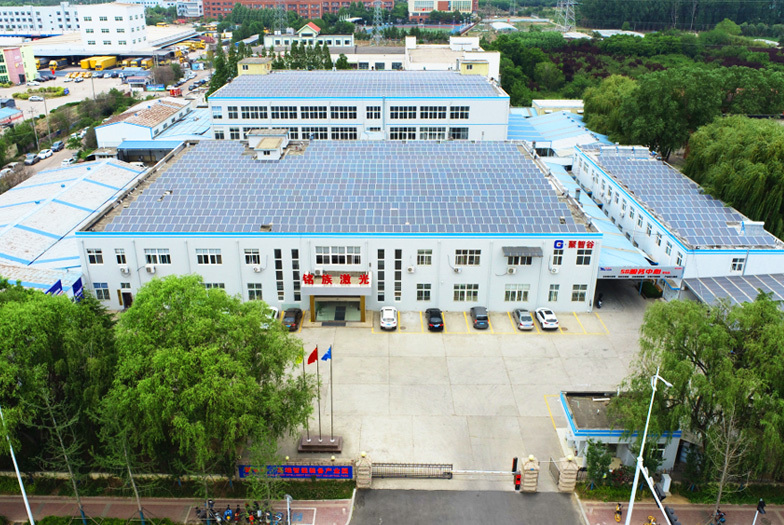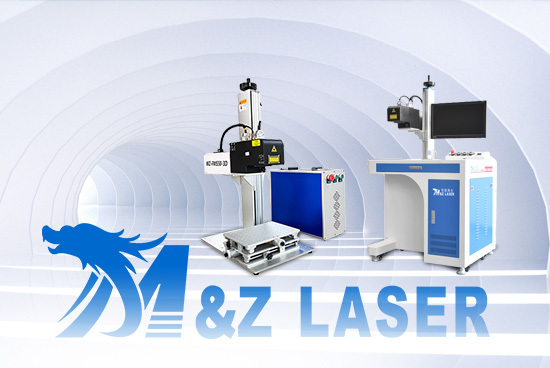Comparison and Analysis of Handheld Laser Welding Machines and Traditional Welding Methods
Release time:
2025-01-23
In modern manufacturing, welding is an important process for connecting metal materials, and the advancement of its technology directly relates to product quality and production efficiency. With the continuous development of technology, handheld laser welding machines, as an emerging welding equipment, are gradually changing the landscape of the traditional welding industry. This article will compare and analyze handheld laser welding machines and traditional welding methods from multiple dimensions, including working principles, ease of operation, welding quality, cost-effectiveness, and applicability, in order to provide valuable references for related industries.
Differences in Working Principles
Traditional welding methods mainly include arc welding, gas welding, resistance welding, etc., which mostly rely on high-temperature heat sources to melt and fuse the contact surfaces. For example, arc welding melts metal through the arc heat generated between the electrode and the workpiece; gas welding uses the high-temperature flame produced by the combustion of combustible gas and oxygen for welding. These traditional methods often come with a large heat-affected zone and require a high level of skill from the operator.
In contrast, handheld laser welding machines use high-energy laser beams as a heat source, achieving non-contact rapid heating and melting through precise control of the laser beam's power, focal length, and movement speed. The high energy density of the laser beam localizes the welding process, resulting in a small heat-affected zone and fast welding speed, effectively reducing material deformation and thermal damage.
Improvement in Ease of Operation
Traditional welding methods often require complex equipment setups and cumbersome pre-treatment steps, such as preparing electrodes and mixing gases, and operators need to wear heavy protective gear during the process, increasing the difficulty and inconvenience of operation. Additionally, the smoke and spatter generated by traditional welding pose health risks to the operator.
Handheld laser welding machines significantly enhance operational convenience with their high level of automation and intelligence. The equipment is lightweight and portable, allowing operators to get started with simple training. The precise control of the laser beam reduces interference from human factors, making the welding process more stable and reliable. At the same time, the smoke and spatter produced during laser welding are minimal, resulting in a relatively clean working environment and less impact on the operator's health.
Optimization of Welding Quality
In terms of welding quality, traditional welding methods struggle to ensure the uniformity and consistency of weld seams due to the dispersed heat source, especially in thin plate welding and precision components, where defects such as cracks and slag inclusions are likely to occur.
Handheld laser welding machines, with their high precision and energy density characteristics, can achieve fine control of weld seams, resulting in narrow seam widths, small heat-affected zones, minimal welding deformation, and aesthetically pleasing weld seams that do not require subsequent grinding. For thin plate materials, laser welding can achieve contactless welding, avoiding indentation issues caused by fixtures or electrodes in traditional welding, effectively improving the overall quality of the product.
Considerations of Cost-Effectiveness
From the perspective of initial investment, the price of handheld laser welding machines is usually higher than that of traditional welding equipment. However, in the long run, the high efficiency, low energy consumption, and reduced post-processing costs of laser welding give it a significant advantage in overall cost. The high degree of automation in laser welding reduces reliance on manual labor and improves production efficiency; at the same time, due to the improvement in welding quality, it reduces the scrap rate and rework costs, further enhancing the profitability of enterprises.
Traditional welding methods are limited by the characteristics of the heat source and material types, making it difficult to weld certain special materials (such as high-reflectivity metals and high-temperature alloys) or complex structures. In contrast, handheld laser welding machines, with their flexibility and high precision, are widely used in various fields such as aerospace, automotive manufacturing, electronic communications, and medical devices, especially in situations requiring high precision and high-quality welding, where laser welding shows unparalleled advantages.
In summary, handheld laser welding machines, with their unique working principles, ease of operation, optimized welding quality, significant cost-effectiveness, and wide applicability, are gradually becoming an important part of modern welding technology. Although the initial investment is relatively high, the improvements in production efficiency, quality, and cost savings they bring provide strong support for the transformation and upgrading of the manufacturing industry. With continuous technological advancements and further cost reductions, handheld laser welding machines are expected to be widely applied in more fields, promoting welding technology towards a more efficient, environmentally friendly, and intelligent direction.














